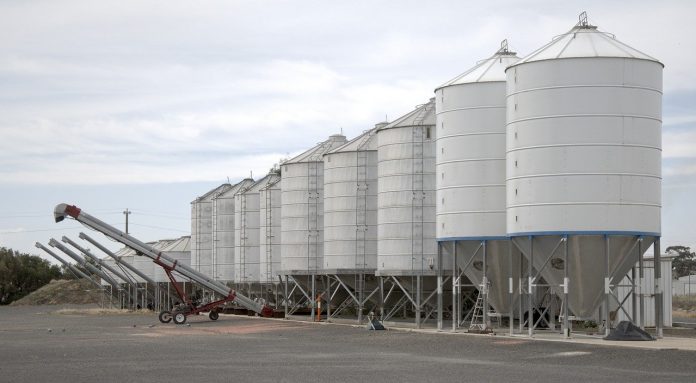Gilda Radner famously said, “It’s always something!” That is certainly true in the grain markets these days.
Take your pick of problems the American farmer faces right now. The least of these is the Ukraine War in the short run, where the run-up in prices means a farmer literally cannot make a mistake marketing grain.
Yes, farmers might not hit the peak with the volatility we are seeing, but selling corn while corn futures have closed above $8 for only the third time in history is not one of them.
In fact, farmers in Eastern Ohio and Pennsylvania have been selling corn so heavily, rewarding the current market, that basis has collapsed, and normal marketing channels are plugged with grain.
Corn is now going down the Ohio River when that is not normally the best market. Our ethanol plant in Clearfield, Pennsylvania, has the lowest basis I remember since it opened, as it is staying full of corn.
Farther east, major feed mills have gone to a flat price of $7 for corn, even though futures are above $8. They are flooded with grain, and they are trying to insulate themselves from the price swings in the futures market.
Production problems
They also don’t need to bid up for corn that they can’t take in the volume offered. It is the production side of corn that is seeing current new problems.
First is the reality that the corn planting has been delayed, and the delay may get to be very serious. The Eastern Corn Belt has gone from cold and wet to cool and wet. Planting is not unknown, but only on special days in limited areas on the lightest soils.
The U.S. Department of Agriculture’s planting progress report, released May 2, reveals that only 14% of the corn crop is in. That is up from 7% last week, but is far behind both last year (42%), and the five-year average (33%).
Ohio farmers have planted 3% now, up from nothing last week, and lagging the 20% of last year and the 16% average.
The trend to early planting of soybeans is also reflected in the statistics. Many farmers now plant corn and beans at the same time. Some even start with soybeans, which have proven to have more cold resistance than was traditionally thought.
The yield response to early planting has been widely demonstrated. As of May 2, Ohio has 2% of the soybeans planted, up from nothing the week before. That is compared to 16% planted at this time last year and an 8% average.
Fertilizer fears
Another problem is that we are seeing production changes as a response to fears of fertilizer shortages. I am told that farmers in Northeast Ohio are pre-planting ammonia, a practice that is done regularly in the west, but rarely here. We simply get too much rain in early spring to risk leaching out the nitrogen.
This year, the concern that ammonia supplies may be limited later has pushed risk-takers into pre-plant applications. Much of our nitrogen fertilizers are imported, and imports have been affected by high natural gas costs abroad and the disruption of distribution caused by the war in Ukraine.
This fertilizer fear comes on top of fears that we may not get enough dry fertilizer, although some say there is enough in channels, and the shortage may be more for the 2023 crop.
For example, Belarus exports $2 billion a year in potash. Because of their status as a staging area for the Russian incursion in Ukraine, the EU has moved to stop importing from them.
Current thinking is that, with the expected lessening of corn acreage revealed in the March 31 USDA planting intentions report, the fertilizer shortage will not be as big a problem as earlier feared, with the nitrogen spread over fewer acres. That trend may be increased as the delayed planting continues, and we potentially see more shift to soybeans and away from late corn.
Corn
Corn markets were strong last week, with the old crop up over 24 cents and the new crop up almost 27 cents. In the process, we made new contract highs in July and December futures. The July had a high of $8.241⁄2 April 29. The December contract touched $7.57 on the same day.
Corn prices were helped by the sale of one MMT of corn to China. Corn futures were up nearly 70 cents this month.
Soybeans and wheat
The soybean markets were not as active as the corn last week. In fact, July futures lost 31⁄4 cents on the week, but the November new crop was up almost a dime. The recent high for July futures is still $17.34 from April 24. We were trading at $16.531⁄2 the morning of May 2.
There is little news for soybeans currently. We got this high on problems with the South American crop, and influences from the war, although Ukraine is not a player in soybeans. We simply need more news for new highs, and worries of late planting that might increase soybean acres even above the elevated expectations of the planting intentions report are not helping.
Wheat, which is the crop most influenced by the war, actually lost 19 cents in Chicago last week. We are seeing no export news as a result of the war, as we are still priced out of world markets.













